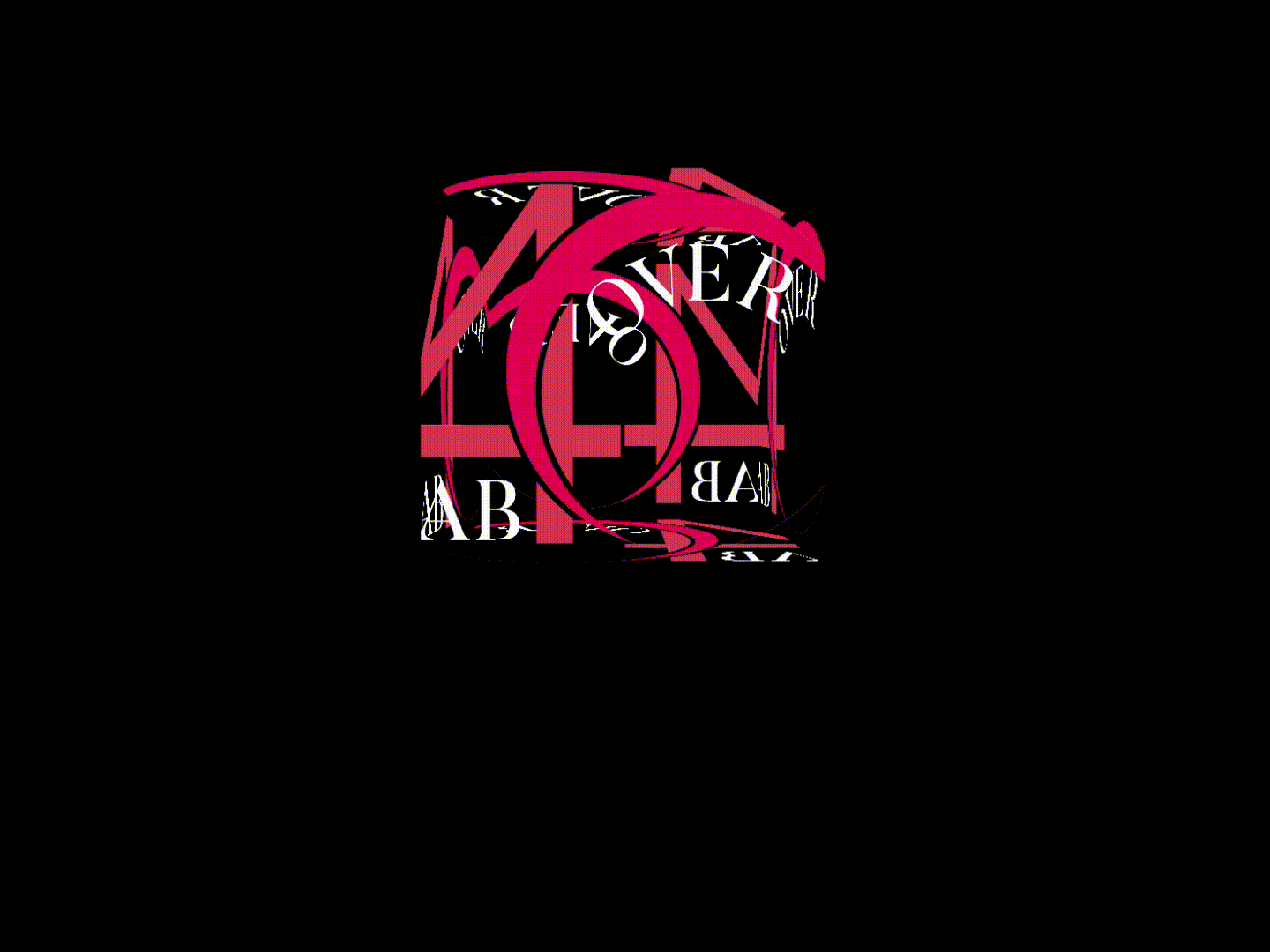Your Key to Effective Post-Workout Recovery
 You give it your all when you exercise, and you should invest just as much effort into your recovery routine. An acupressure ball is an essential tool to help you acupressure so you’re ready for your next workout.
You give it your all when you exercise, and you should invest just as much effort into your recovery routine. An acupressure ball is an essential tool to help you acupressure so you’re ready for your next workout.
If you haven’t yet incorporated an acupressure ball into your recovery regimen, you’re doing yourself a disservice. By applying pressure to specific points in your body, an acupressure ball — also commonly called a massage/muscle roller or sensory/pressure point ball — can help your muscles relax and alleviate tight knots and pain, in much the same way your massage therapist does (except your acupressure ball is significantly more friendly on the budget, and available at any time of day!). And, in fact, a study published in the journal BMJ found that acupressure relieves back pain better than physical therapy.
GET THE RIGHT BALL FOR THE JOB
For smaller parts of the body, such as your hands, feet, or forearms, go for something the size of a golf ball. For everything else — from your glutes and lower back to your calves and abs — you’ll want a ball that’s a bit larger, think baseball or tennis ball size. The weight of the ball is also a factor; the heavier the ball, the more it will stay where you’ve placed it. As for a smooth ball or one with bumps, you may want to try both to see what your personal preference is. A bumpy ball can sometimes help provide the feeling it is getting deeper into your muscle, however, this style of a ball can be harder to move smoothly as you work it around the muscles you’re focusing on.
GO HARD — OR GO SOFT
There is a range of hardness when it comes to acupressure balls, and investing in a set of varying degrees of hardness may be the best way to ensure you always have the right one for the job. Newbies may find softer ones more comfortable to use; as you become more flexible, you may find yourself seeking out harder ones to use. That said, you’ll always have use for ones that are softer — when you’ve suffered an injury, for example.
PUT THE BALL TO WORK
Next time your back is sore, a simple exercise is to wedge the ball between the sore area on your back and the floor or a wall. Hold for 30 seconds and then gently stretch the affected area. Stop if you feel any sharp or sudden pain, and avoid rolling the ball directly on your spine.














